- leun's home page
- Posts
- 2013
- 2012
- December (2)
- October (3)
- September (2)
- August (1)
- July (4)
- June (4)
- May (2)
- April (3)
- March (5)
- February (5)
- January (5)
- 2011
- December (3)
- November (3)
- September (5)
- August (2)
- July (2)
- June (3)
- May (4)
- April (4)
- March (2)
- February (4)
- January (2)
- 2010
- December (2)
- November (3)
- October (3)
- September (5)
- August (6)
- July (2)
- June (4)
- May (3)
- April (4)
- March (4)
- February (2)
- January (4)
- 2009
- 2008
- October (1)
- My blog
- Post new blog entry
- All blogs
Shower Function with Incident Angle Effect Part 2
Shower Function with Incident Angle Effect Applied to Pi0 MC
WARNING: This morning I found out that I made a mistake while implementing the new shower shape, which can potentially screw up 1 cluster-2 photon fitting. 2 cluster fitting is unaffected. The results I had for 1 cluster 2 photon events was not very good, and now I'm not sure if it is because of this bug or some other more interesting problem. I am re-running the reconstruction on both data and MC. I will post the results as soon as they become available.
Using the flat-distribution Pi0 simulation, we look at how the new shower function with incident angle effect built in works for two photon events.
We've also tweaked the Larisa's Chi2 function. There is a term in the function that represented the fraction of the energy a cell has with respect to the "cluster energy". Before, the "cluster energy" was calculated by summing up the energy of all towers included in the fitting. The problem with this is that the "cluster energy" is really a misnomer, and depending on how the fit is done, it can correspond to one photon energy, (one photon cluster fitting) two photon energy, (two photon cluster fitting), or the summed energy of however many photon there are in the detector. (global fit) This seems strange, as the error in a cell should really not be affected by some photon that the cell has little to do with. Even in case of overlapping clusters, this is conceptually strange.
So we changed the "cluster energy" into a photon energy. For each cell, we take the starting values for the parameter, and estimate the error based on the contribution from all photons, using the fraction (cell energy / photon energy) instead of (cell energy / summed energy of all towers in the fit). This seems a bit more logical.
Fig. 1. Reconstructed vs. Generated X position (There can be some mismatch between generated and reconstructed photons)
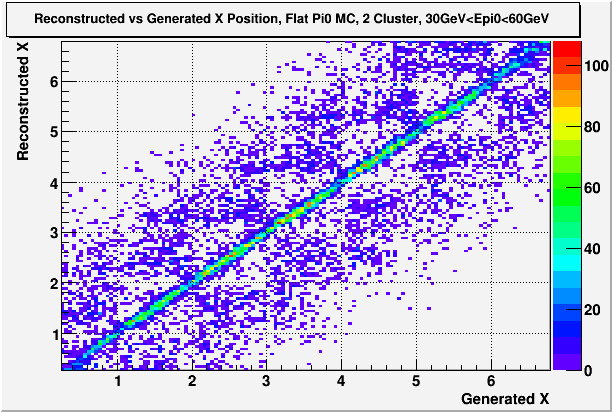
Fig. 2. Reconstructed vs. Generated X position, BLACK: generated, RED: reconstructed

Fig. 3. Reconstructed vs. Generated Y position
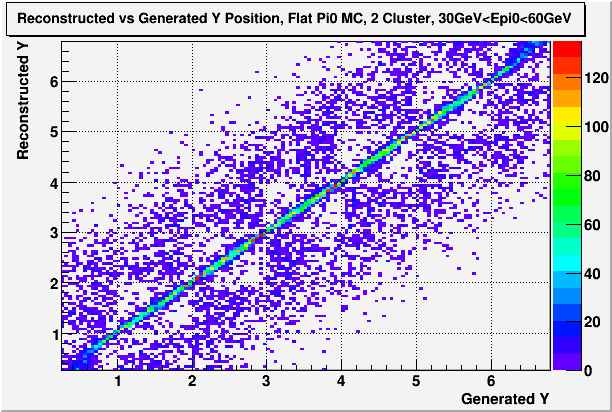
Fig. 4. Reconstructed vs. Generated Y position, BLACK: generated, RED: reconstructed

So this looks all ok. Certainly much improved over the default shower shape. Now we look at the energy dependence of the various quantities, using perfect gain, and only for 2 cluster events. I'm also just using the reconstructed energy without any ad hoc corrections at this point, regardless of the photon's distance to the edge. The same is true for the separation, where I've removed all the ad hoc corrections I've put in over the last few months.
Fig. 5. Mass vs. Energy for various versions of reconstruction

Fig. 6. Energy vs. Energy for various versions of reconstruction

Fig. 7. Separation vs. Energy for various versions of reconstruction

So it seems that finally we have a energy dependence of the mass that is mostly flat, even without having to put in various correction functions. While none of this mean that this will work on the data, it's still interesting to proceed with calibrating the simulation including all the changes we've made to the reconstruction.
There were two ad-hoc corrections I applied to the calibration algorithm.
1. The target mass was set at 133MeV. This is what I see with the perfect gain, and the cause of it is likely not the energy, the only thing that can be calibrated out.
2. I also see a systematic difference between the top 3 rows and the bottom 3. More specifically, there is about 1% difference on average in the separation measurement. This shows up only in the full simulation with all its cross-section falling, vertex smeared glory, while the flat distribution simulation doesn't show any hint of it.
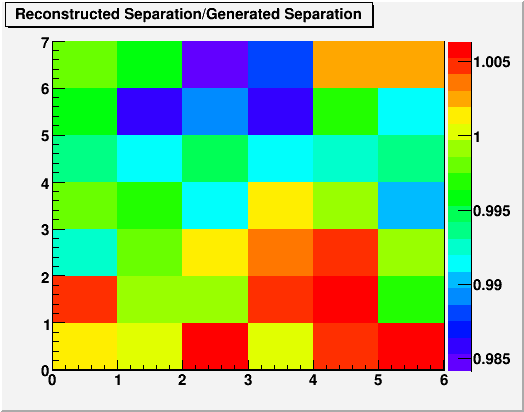
Fig. 9. Cell by cell gain corrections after 5 iterations

Fig. 10. 1-D distribution of the blue line in fig. 9 (corrected gain by cell)
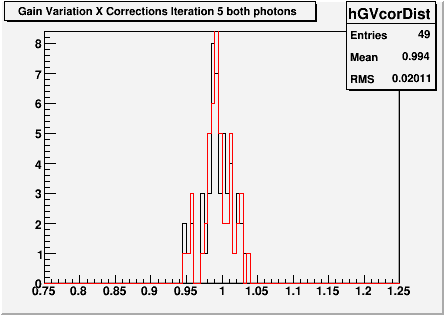
Fig. 11. 1-D distribution of green points in fig. 9. (average Pi0 energy as a function of cell, 49 entries)
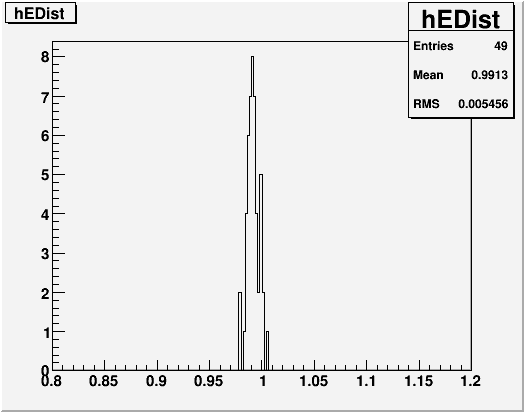
- leun's blog
- Login or register to post comments
